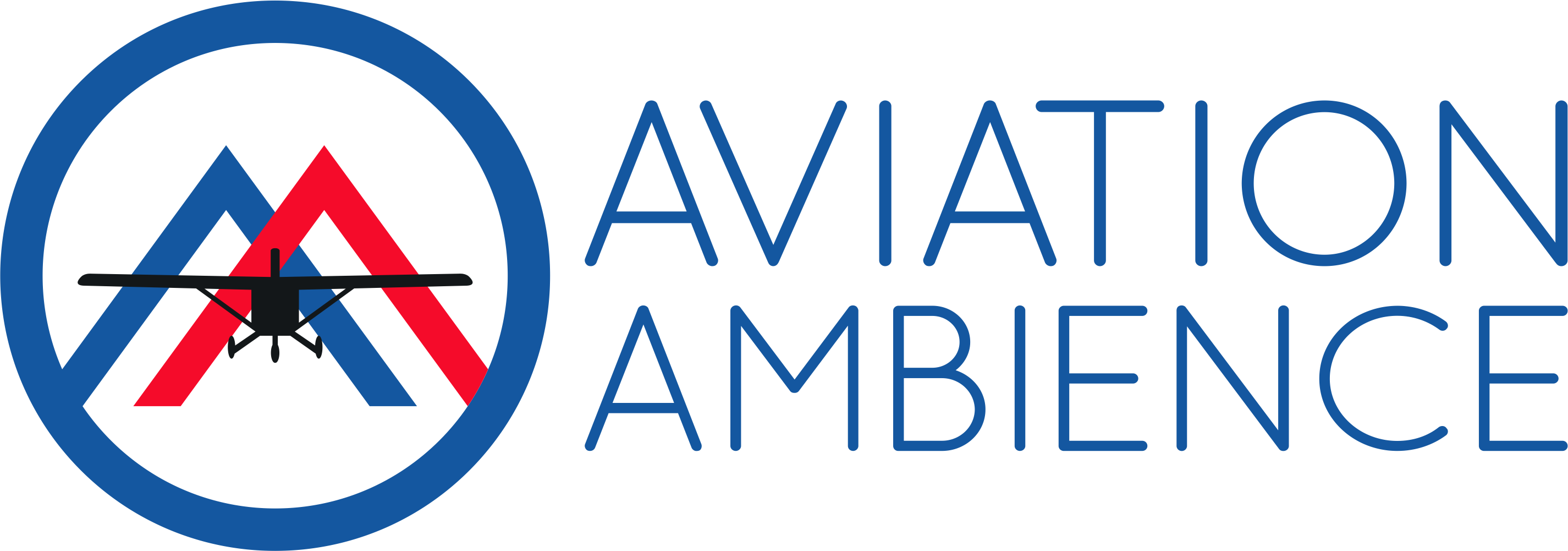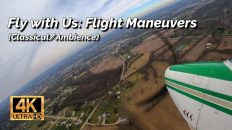From the FAA:
Takeoff Roll Taking off from a short field requires the takeoff to be started from the very beginning of the takeoff area. At this point, the airplane is aligned with the intended takeoff path. If the airplane manufacturer recommends the use of flaps, they are extended the proper amount before beginning the takeoff roll. This allows the pilot to devote full attention to the proper technique and the airplane’s performance throughout the takeoff.
The pilot should apply takeoff power smoothly and continuously, without hesitation, to accelerate the airplane as rapidly as possible. Some pilots prefer to hold the brakes until the maximum obtainable engine revolutions per minute (rpm) are achieved before allowing the airplane to begin its takeoff run. However, it has not been established that this procedure results in a shorter takeoff run in all light, single-engine airplanes. The airplane is allowed to roll with its full weight on the main wheels and accelerate to the lift-off speed. As the takeoff roll progresses, the pilot should adjust the airplane’s pitch attitude and AOA to attain minimum drag and maximum acceleration. In nose-wheel type airplanes, this involves little use of the elevator control since the airplane is already in a low-drag attitude.
Lift-Off
As VX approaches, the pilot should apply back-elevator pressure until reaching the appropriate VX attitude to ensure a smooth and firm lift-off, or rotation. Since the airplane accelerates more rapidly after lift-off, the pilot should apply additional back elevator pressure to hold a constant airspeed. After becoming airborne, the pilot will maintain a wings-level climb at VX until all obstacles have been cleared, or if no obstacles are present, until reaching an altitude of at least 50 feet above the takeoff surface.
Thereafter, the pilot may lower the pitch attitude slightly and continue the climb at VY until reaching a safe maneuvering altitude. The pilot should always remember that an attempt to pull the airplane off the ground prematurely, or to climb too steeply, may cause the airplane to settle back to the runway or make contact with obstacles. Even if the airplane remains airborne, until the pilot reaches VX, the initial climb will remain flat, which diminishes the pilot’s ability to successfully perform the climb and/or clear obstacles.
Link: https://www.faa.gov/sites/faa.gov/fil…
(Shot on GoPro Hero 11 cameras, edited in Filmora 13, and music licensed through Artlist.io)
Subscribe for more: / @aviationambience






Add comment